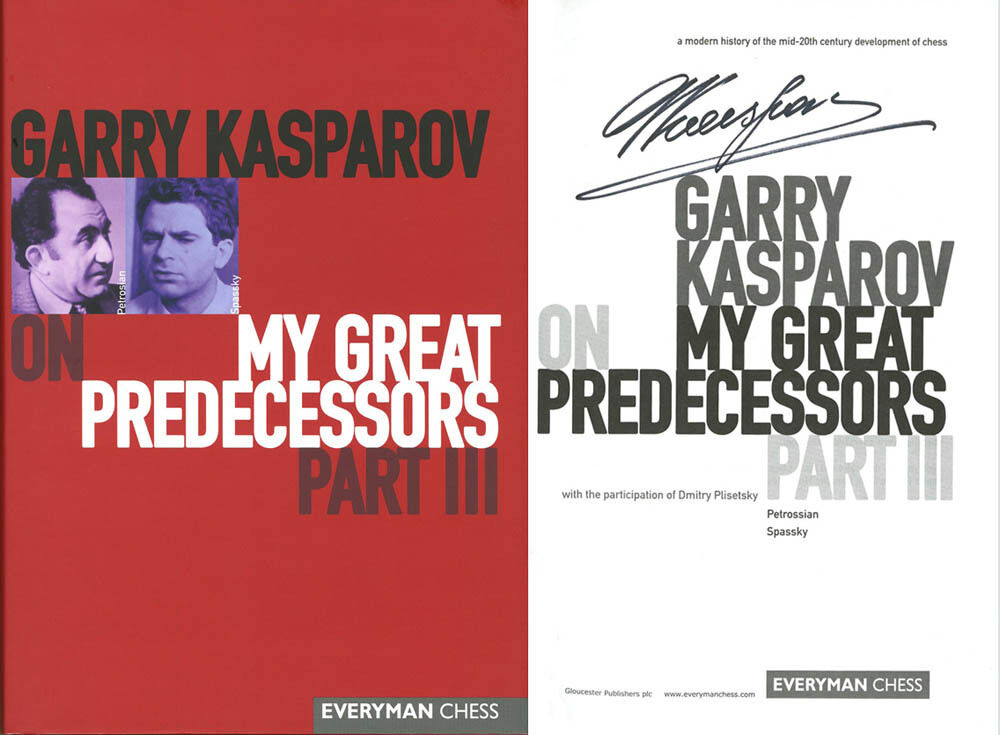Introduction
Garry Kasparov’s “My Great Predecessors” is a monumental series that explores the historical evolution of chess through its greatest players. This five-volume series delves into the lives, games, and contributions of past world champions. It offers readers a comprehensive look at the game’s development from its early days to modern times. “This series provides a unique perspective on the rich history of chess,” Kasparov states. His insights make this work a must-read for all chess enthusiasts.
Volume I: The Early Masters
The first volume covers the period from the mid-19th century to the early 20th century. Kasparov examines the contributions of legendary figures such as Wilhelm Steinitz, Emanuel Lasker, and José Raúl Capablanca. Kasparov’s meticulous game analysis and historical context offer readers a deep understanding of the foundational principles that shaped early competitive chess.
Kasparov’s commentary adds depth to the series. He states, “Understanding the early masters is crucial to appreciating the evolution of chess strategies.“ His analysis helps readers grasp the foundational principles that have influenced modern play.
Volume II: The Hypermodern Revolution
In the second volume, Kasparov focuses on the hypermodern revolution brought about by players like Alexander Alekhine, Max Euwe, and Mikhail Botvinnik. This era saw a shift in chess philosophy, emphasizing control of the center through indirect means and dynamic play. Kasparov’s analysis of their games highlights the strategic innovations that continue to influence modern chess.
Also Read: Book Review: How I Became a Chess Grandmaster by Vinay Bhat
Volume III: From the Soviet Era to Fischer
The third volume spans the mid-20th century, featuring players such as Vasily Smyslov, Mikhail Tal, Tigran Petrosian, and Bobby Fischer. This period was marked by intense rivalry and significant contributions to opening theory and endgame technique. Kasparov’s commentary provides a deep understanding of the stylistic differences and personal stories of these champions.
Volume IV: Karpov and the Rise of Computers
Volume four is dedicated to Anatoly Karpov and the impact of computer technology on chess. Karpov’s positional mastery and strategic depth are explored in detail, along with the role of computer analysis in shaping modern preparation and play. Kasparov’s insights into his own matches against Karpov add a personal touch to this volume.
Volume V: The Modern Era and Garry Kasparov
The final volume brings readers to the present day, covering players like Kasparov himself, Vladimir Kramnik, and Viswanathan Anand. This volume examines the evolving landscape of chess, including the influence of rapid and online formats. Kasparov reflects on his own career and the continuing legacy of his predecessors.
Kasparov’s insights into his own matches provide a personal touch. He shares, “Analyzing my games alongside those of my predecessors has been a rewarding journey.” This volume highlights the ongoing legacy of chess and its ever-evolving nature.
Also Read: How Magnus Carlsen is Breaking Every Barrier in Chess


